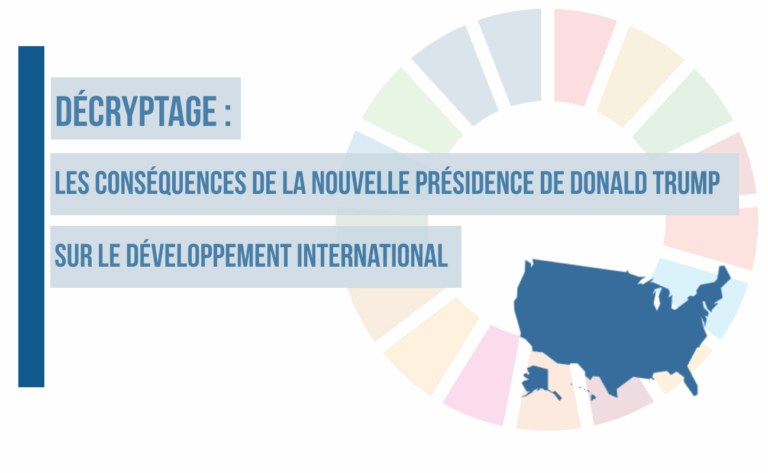What are the Sustainable Development Goals?
Publié le 02/09/2019.
The UN Sustainable Development Goals (SDGs) replaced the Millennium Development Goals (MDGs) in 2015 as a new set of international development goals. Governments have pledged to meet these new goals by 2030. The SDGs offer a new vision, and new challenges, for development actors around the world.
The SDGs are wider in scale and in ambition than the MDGs. They consist of 17 goals, 169 targets and 231 unique indicators (established to monitor progress). The SDGs are also different from the MDGs in that they are universal – covering every country in the world – and no longer applicable only to developing countries.
The adoption of « Agenda 2030 » has brought together different international agendas by merging economic, social or environmental aspects of development questions. The SDGs also put inequality at the heart of the agenda through strong inclusivity for the poorest and most vulnerable, as well through the guiding principle that global development should “leave no-one behind”.
However, implementing the SDGs will require a financial investment on an unprecedented scale, using all available sources – private as well as public financing. Monitoring the implementation of the SDGs through the 244 agreed indicators in the framework will also be a technical challenge on an unprecedented scale. The least developed countries in particular will need support to build capacity to provide the quality statistics and data necessary to measure progress in implementing the goals.
To learn more about the Sustainable Development Goals, an Overview in French is available here.











